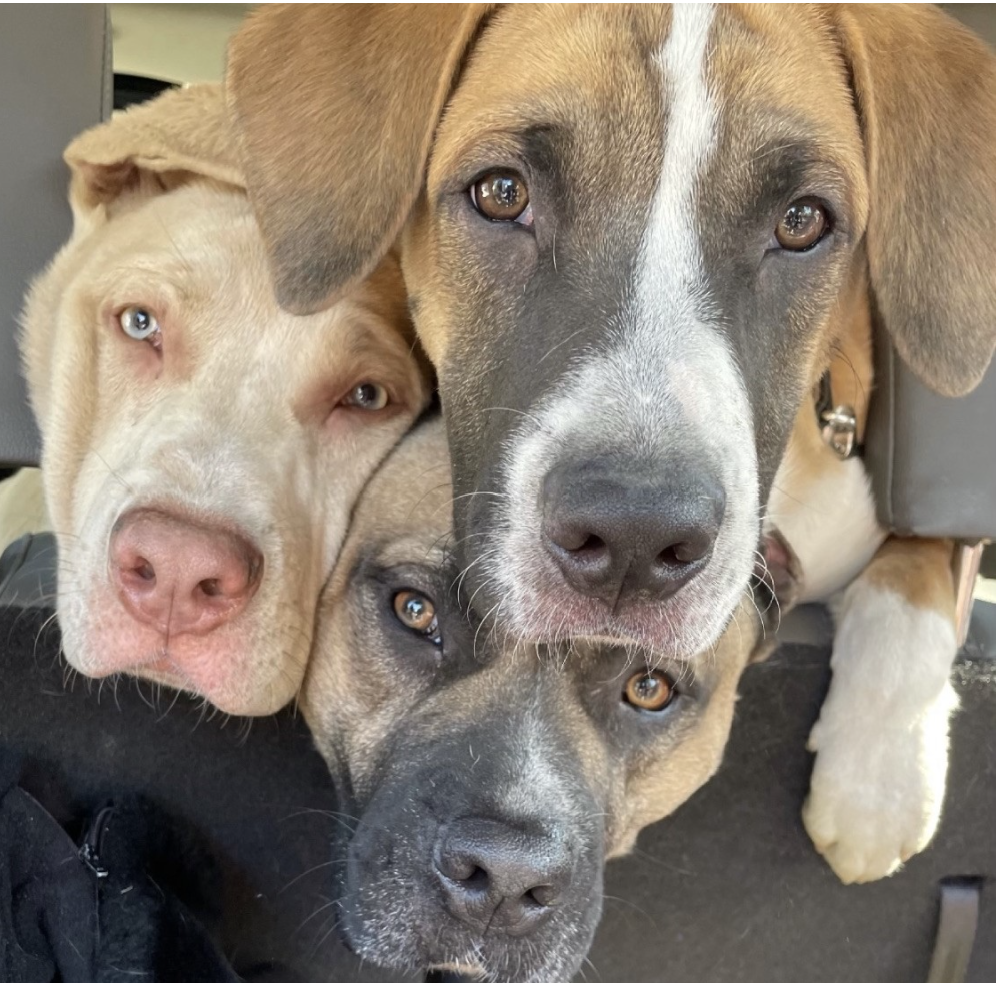Lovable Logos & In-Depth Images
Defining What Makes a Logo Good
An article posted on Canva's website details many effective guidelines for creating a logo. Canva stressed the importance of creating a well-thought-out color pallet for your logo. It's best to choose either an analogous color palette, which is when you use colors that are similar but different (like purple and pink), or complementary colors that oppose each other (like purple and yellow). Canva editors believe that the use of white space, along with visual harmony, and having elements aligned are important aspects of the presentation of a logo. It is also noted to be helpful to use readable typography, shapes for contrast, and significant icons. By following all of these guidelines, and using the element of surprise when useful, you can create an effective logo that leaps off the page.
The editors at VistaPrint posted an article that describes what they believe to be the six most important aspects of good logo design. This article focuses on simplicity, originality, versatility, scalability, balance, and timelessness. Meaning, that you want your logo to be specific and individual to your company without displaying a chaotic amount of information. Bonus points if you can be clever or create some sort of quick pun or unique connection to your business or its name in your company icon.
Visit the following link to see the article mentioned above. https://www.vistaprint.com
An example of a good logo is from a website for the company of Kew Bakehouse. They have an intelligent use of whitespace and created their own memorable icon. The font used matches the icon, is legible, and provides a hierarchy. An analogous color palette was used for this logo, and although it looks good, it is a bit boring. I would've loved to have a pop of color in there, however, it does admittedly match the rest of the website theme quite well. I think the most notable part of this creation is the uniquely original icon used to reflect the words in the logo.
Visit the following link to see the article mentioned above. https://kewbakehouse.com/pages/shop
Storytelling With Images, Not Imagery
An example of a creator whose goal was to tell a story with images rather than words is Benjamin Fisher, who posted instructions for changing a tire with pictures. I believe he did a good job, but I already have a mostly clear knowledge of how to change a tire, so it might not be helpful to someone with no background knowledge. There's an argument to say that it would have been better if he made a video. However, there are lots of videos on how to change a tire and I can appreciate the want of instructional photos rather than a video. Overall, I don't think I would change anything about this post. It's the exact level of professionalism required for the type of question and the platform on which it was posted. Additionally, the information he was trying to deliver came across clearly in pictures, which was the goal.
Visit the following link to see the article mentioned above. How to Change a Tire
Sources List
See all the sources used above by clicking the links below (In chronological order of placement throughout my blog post).
https://www.canva.com/learn/what-makes-a-good-logo/
https://www.vistaprint.com/hub/principles-of-logo-design?
https://kewbakehouse.com/pages/shop
How to Change a Tire : 13 Steps (with Pictures) - Instructables



